buyer’s guide
If you want to know more about Brazilian cotton, just browse the menu on the side to learn about the quality, sustainability and traceability of the raw material you can purchase. Also important for your purchase decision:
| Brazilian cotton bales are standardized in pressing, at the end of the ginning process. Each bale has an average weight of 200kg – 220kg and is 0.90m in length, 0.50m in width and 1.4m in height. | |
|
|
|
| Each Brazilian cotton bale has a tracking code including the following information: producing farm, cotton ginning plant, ginning press number, laboratory and HVI test results. | |
|
|
|
| Brazilian cotton is available for purchase 12 months a year, providing for easier planning and a more flexible production schedule.100% of Brazilian cotton is tested by high-volume instruments (HVI). |
where to buy?
Complete list of exporting companies and agents.








